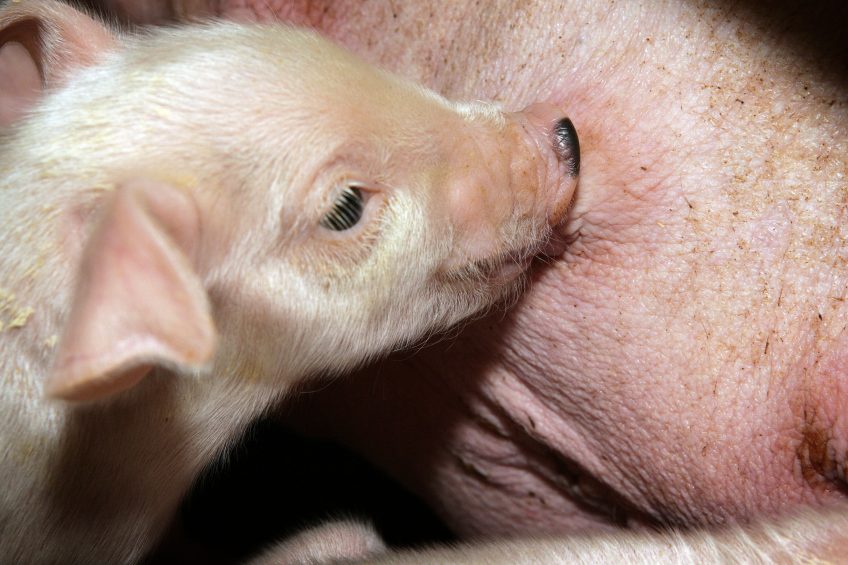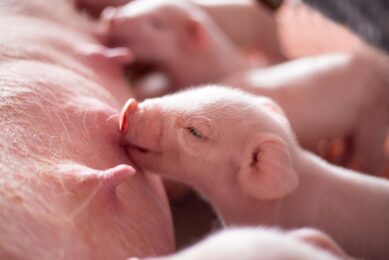Do ‘nurse sows’ suffer from their role?

Sows that are being used as ‘nurse sows’ after weaning have not been observed to suffer from any long-term effects from their role.
That was concluded in a recent study by Irish and Scottish researchers. It was published in Animal, an international scientific title on animal biosciences.
Nurse sows useful in case of hyper-prolificacy
The researchers wrote that nurse sow strategies are particularly handy to optimise the number of piglets weaned from hyper-prolific sows. The idea involves “transferring supernumerary new-born piglets onto a sow whose own piglets are either weaned or fostered onto another sow. Such ‘nurse sows’ have extended lactations spent in farrowing crates, which could have negative implications for their welfare.”
In total, the study used 47 sows, of which 20 farrowed large litters and had their biggest piglets fostered onto nurse sows. The researchers created the following groups:
- Nurse sows, 1 week into lactation;
- Nurse sows, 3 weeks into lactation;
- Nurse sows, 3 weeks into lactation, receiving piglets from the sows of group 1;
- Sows from which piglets were removed but with the remainder of litter intact;
- Sows with litters equalised for birth weight using piglets from non-experimental sows.
Observation strategies for sows
Of all sows, backfat thickness was measured at the entry to the farrowing house, at fostering (when applicable) and weaning. At various moments, the sows were scored for locomotion, skin and claw lesions. In addition, salivary cortisol samples were taken and tear staining was scored.

Hyper-prolific sows need very good nutrition. Now what to feed them?
Backfat thickness results
The researchers found that backfat thickness decreased between entry and weaning for all sows and tended to differ between treatments. They also said that at weaning sows from group 4 had lower limb lesion scores than the ones of group 1 and 5.
The researchers said, “No treatment effects were detected on salivary cortisol concentrations and all nurse sows had a higher salivary cortisol concentration at fostering, compared with the other days.
Acute effects differed
Acute effects of fostering differed between nurse sow treatments; the team measured different salivary cortisol concentrations between the nurse sows at various moments during the process. Tear staining scores were not influenced by treatment.
The researchers concluded: “No difference was detected between nurse sows and non-nurse sows in body condition or severity of lesions. Although some nurse sows experienced stress at fostering, no long-term effect of the nurse sow strategies was detected on stress levels compared with sows that raised their own litter.”
The research paper was written by O. Schmitt, L.A. Boyle and K. O’Driscoll, Teagasc, Ireland; and E.M. Baxter, Scotland’s Rural College (SRUC), Edinburgh, UK. O. Schmitt is also attached to The University of Edinburgh, Midlothian, UK.











